Introduction
The art of marker rendering stands as a pivotal technique in the architectural domain, transforming abstract concepts into vibrant visual narratives. This method intricately weaves together color, texture, and light, offering architects a powerful means to convey their design intentions with clarity and precision.
Understanding the interplay of light and shadow is essential, as it enriches the perception of depth and realism, particularly in distinguishing between the nuances of interior and exterior spaces. As the demand for compelling visualizations grows, the mastery of marker rendering techniques becomes increasingly critical for architects seeking to engage clients and stakeholders effectively.
This article delves into the essential tools, methodologies, and challenges associated with marker rendering, providing a comprehensive guide for professionals aiming to elevate their architectural presentations and foster deeper connections with their audience.
Introduction to Marker Rendering Techniques
Exterior architectural marker rendering serves as a vital method for crafting visually engaging representations of architectural concepts using markers. This approach intricately blends various colors, shading techniques, and textures to vividly animate designs on paper. Fundamental concepts such as light and shadow are crucial in achieving realistic effects; understanding how light interacts with surfaces can significantly enhance the perception of depth in images, which is particularly important when distinguishing between interior and exterior visuals.
In interior visualizations, the accurate representation of artificial lighting—overhead lights, lamps, and accent lighting—plays a dominant role, enhancing client understanding of the intended atmosphere. On the other hand, the effectiveness of exterior architectural marker rendering relies significantly on natural sunlight, necessitating a solid understanding of how it influences building exteriors and environments at various times of the day, thereby enhancing contractor communication by removing conceptual misunderstandings. The suitable degree of detail in architectural illustrations is vital, as it influences how effectively homeowners and businesses can envision the final result, ensuring that all critical elements are conveyed clearly.
The benefits of 3D visualizations in architecture are clear: they enhance client understanding, improve stakeholder communication, and help identify design issues early. Additionally, visualization methods that emphasize texture and durability in materials are essential for effective representations. Practical advice for lead architects includes rejuvenating dry writing instruments with a few drops of lighter fluid, rubber cement thinner, or Toluene, ensuring that tools remain effective.
Key participants in the writing instrument sector, such as Sharpie, Pentel, DOMS, Mitsubishi Pencil Co. Ltd, and Faber-Castell AG, each possess 8-12% market share in 2023, contributing to the availability of high-quality materials essential for effective portrayal. Mastery of these foundational elements, including the appropriate level of detail and practical tool usage, is indispensable for generating high-quality visuals that effectively convey design intent and resonate with stakeholders. As Soo-Mi Choi highlights in her research on augmented reality applications, ‘A Survey of Marker-Less Tracking and Registration Techniques for Health & Environmental Applications to Augmented Reality and Ubiquitous Geospatial Information Systems,’ the accuracy of visualization methods can greatly influence the conveyance of intricate design concepts.
Essential Tools and Materials for Marker Rendering
Starting your illustration journey requires an investment in high-quality tools and materials that guarantee precision and visual impact, fundamentally enhancing your architectural vision. High-quality representations serve as a window into the future of your project, allowing everyone involved to visualize potential outcomes and make informed decisions. The following essentials are critical in achieving superior results:
- Writing tools: Utilize premium alcohol-based writing tools, such as Copic or Prismacolor, known for their vibrant pigmentation and seamless application. These brands are preferred within the building community for their dependability and performance, essential to producing engaging visuals that effectively express your intent.
- Paper: Choose specialized sketch paper or bleed-proof paper to prevent ink from soaking through, thereby maintaining the quality of your artwork and avoiding unattractive smudges. The selection of paper greatly affects the quality of your final images.
- Blending Tools: Use blending tools or colorless blenders to enable smooth transitions between colors, improving the depth and realism of your visuals. This attention to detail not only improves visual quality but also aids in communicating your vision accurately.
- Pencils and Erasers: Employ graphite pencils for initial sketches, combined with kneaded erasers for precise corrections, ensuring clean and accurate lines throughout your process. These foundational tools are essential for maintaining accuracy in your creations.
- Ruler and Compass: Precision is paramount in construction illustrations; thus, a ruler and compass are indispensable for drawing accurate lines and curves, crucial to the integrity of your work. High-quality visuals enable stakeholders to envision potential results and make educated choices.
The alcohol-based coloring tools market is anticipated to reach a CAGR of 6-8% over the next five years, fueled by demand in the art industry and educational establishments, creating a favorable moment for architects to invest in high-quality visualization tools. Companies are encouraged to focus on collaborations with retailers and leverage e-commerce to reach a wider audience, providing architects with better access to essential tools.
As Sneha Mali states, ‘However, rest assured that upon purchasing the service or paid report version, we will release the comprehensive list of sources along with the complete report and we also provide the data support where you can interact with the team of analysts who worked on the report.’ This emphasizes the significance of acquiring quality tools and materials in structure visualization, reinforcing the notion that investing in these resources is vital for successful project execution.
By equipping yourself with these essential tools, you will establish a solid foundation for creating captivating and detailed visualizations that effectively communicate your creative vision and generate enthusiasm about what’s to come.
Step-by-Step Guide to Exterior Architectural Marker Rendering
To achieve an impressive exterior design marker rendering, follow this methodical approach:
Sketch the Outline: Start your process with a light pencil sketch, meticulously outlining your architectural plan. Focus on achieving accurate proportions and perspectives to serve as a solid foundation for your rendering.
Establish the Base Colors: Apply broad strokes of your selected colors to fill in the main areas of the design. Begin with lighter tones to create a balanced and harmonious base, setting the stage for further detailing.
Add Shadows and Highlights: Carefully introduce darker shades in areas requiring shadowing to impart depth and dimension. Utilize lighter colors or blending tools to create highlights, effectively enhancing the three-dimensional quality of your artwork. As one expert notes,
Showing people exactly what they are buying is important to build trust in your product and brand and will greatly reduce return rates.
This principle emphasizes the necessity of clear visual representation in design work. Notably, statistics indicate that the architectural visualization market is projected to grow significantly from 2024 to 2032, reflecting an increasing demand for effective visualization techniques. This growth highlights the importance of mastering exterior architectural marker rendering techniques to meet client expectations.Detailing: Use fine-tipped markers to incorporate intricate details, such as window frames, landscaping elements, and varying textures. Precision in detailing is crucial, as it reflects the quality of your creative intentions and tells the story of the architectural vision. The tiny details add depth to the narrative of the concept, capturing its essence and soul. Moreover, the analytical abilities necessary in architecture, as emphasized by research on mathematics in architecture schools, are crucial for attaining effective visualizations. Working with clients during this phase enables iterative representations that enhance the project visualization, ensuring that their feedback is incorporated into the design process.
Final Touches: Conduct a thorough review of your work, identifying any areas that may require refinement. Add final touches to elevate the depth and realism of your work, ensuring that every aspect aligns with your design vision. For chief designers aiming to improve their visualization processes, consider collaborating with J. Scott Smith Visual Designs for initial visuals that illustrate and confirm your design concepts, offering the clarity required to proceed with assurance.
Overcoming Challenges in Marker Rendering
In architectural depiction, the investment in high-quality 3D visualizations is paramount. Such representations serve not just as images but as a window into the future of your project, allowing stakeholders to grasp the full potential behind the blueprints. This clarity is crucial for informed decision-making and igniting excitement about the envisioned outcome.
- Intricate Details: The subtle texture of materials and the play of sunlight on surfaces are not mere embellishments; they contribute to a sense of realism that makes your designs feel lived-in and ready to build. Each detail enhances the emotional impact of the depiction, engaging clients on a deeper level and fostering a genuine connection to the project.
- Color Precision: Achieving consistent and vibrant color application is essential.
Just as in the meticulous process of biomarker analysis, where uniformity is key for reliable outcomes, architects must be diligent in their design practices. Employ blending techniques to create smooth transitions, ensuring that every shade contributes to the overall aesthetic and emotional narrative of the design.
– Depth Creation: To evoke a realistic sense of space, utilize contrasting colors for shadows and highlights.
Comprehending the interaction of light and surfaces will assist in positioning shadows effectively, enhancing the dimensionality of your visuals. This not only elevates the visual appeal but also helps clients visualize the project more vividly, deepening their emotional engagement.
– Clarity Over Complexity: While adding layers can enrich a depiction, overworking can detract from its impact.
It is essential to practice restraint, knowing when to stop to preserve the integrity of the work. Much like maintaining clarity in complex biomarker research, architects should aim for impactful visualizations that communicate their vision without overwhelming detail. By mastering these techniques and embracing the passion for capturing intricate details, architects can significantly enhance their design visualizations, fostering deeper engagement with clients and stakeholders.
Practicing and Refining Your Marker Rendering Skills
To enhance your marker illustration skills, consider the following structured approach:
Daily Practice: Allocate dedicated time each day to practice depicting a variety of elements, including buildings, landscapes, and textures. This commitment not only fosters skill development but also ingrains techniques into muscle memory. Schools that prioritize creativity act as incubators for future leaders and innovators, highlighting the significance of fostering artistic skills from an early stage.
Study Real-Life Examples: Engage with professional illustrations to dissect their techniques and styles. Trying to duplicate these works enables you to gain new techniques and comprehend the subtleties that contribute to effective portrayal. The intricate details captured in high-quality visuals significantly enhance realism and emotional impact, making your projects feel real and lived-in.
Seek Feedback: Regularly share your visuals with peers or mentors and remain receptive to constructive criticism. Collaborative feedback is crucial for artistic growth, as emphasized by successful projects at J. Scott Smith Visual Designs. Open communication leads to a smoother process and better client satisfaction. The feedback loop is structured around initial client input, ongoing updates, and final reviews, ensuring alignment with project goals.
Experiment with Techniques: Embrace the process of experimentation; exploring various approaches and styles is essential to discovering what resonates with your artistic voice. This exploration can lead to breakthroughs in your artistic style. The complexity and customization of your projects will dictate the level of detail necessary, impacting both the quality of the visuals and the emotional connection with viewers.
Additionally, consider the case study of the Opa-locka Community Development Corporation, which works with residents in distressed areas to improve access to essential services through art-based strategies. This example demonstrates how incorporating artistic practices can significantly influence community development, making it pertinent to your position as a lead architect.
The effect of daily practice on artistic abilities is profound, as shown by a 65% increase in art and creative personnel at major tech firms like Facebook, Google, and Amazon over the past year. Such statistics highlight the increasing recognition of creative skills in professional environments. By incorporating these routines and mindsets into your practice, you can significantly enhance your marker performance while ensuring that the unique features of your designs are effectively showcased.
Furthermore, consider the investment aspect of unique rendering projects; understanding how customization and revisions can affect project costs is vital for maintaining client satisfaction and ensuring the success of your architectural vision.
Conclusion
Mastering the art of marker rendering is essential for architects striving to communicate their design visions with clarity and impact. This article has explored the critical components of the rendering process, beginning with the foundational tools and materials that elevate visual presentations. High-quality markers, specialized paper, and blending tools are indispensable for achieving the vibrancy and depth necessary in architectural renderings.
The structured approach to executing exterior renderings includes:
– Outlining
– Establishing base colors
– Meticulous detailing
This reinforces the importance of precision in every step. Additionally, overcoming common challenges such as:
– Achieving color consistency
– Creating depth
Enhances the emotional resonance of renderings, allowing clients to connect with the project more profoundly.
Ultimately, the continuous practice and refinement of rendering skills are vital for architects to stay ahead in a competitive landscape. By engaging with real-world examples, seeking feedback, and embracing experimentation, architects can cultivate their artistic voice and enhance their ability to visualize complex architectural concepts. The commitment to these practices not only improves individual competencies but also fosters stronger relationships with clients and stakeholders, paving the way for successful project outcomes.

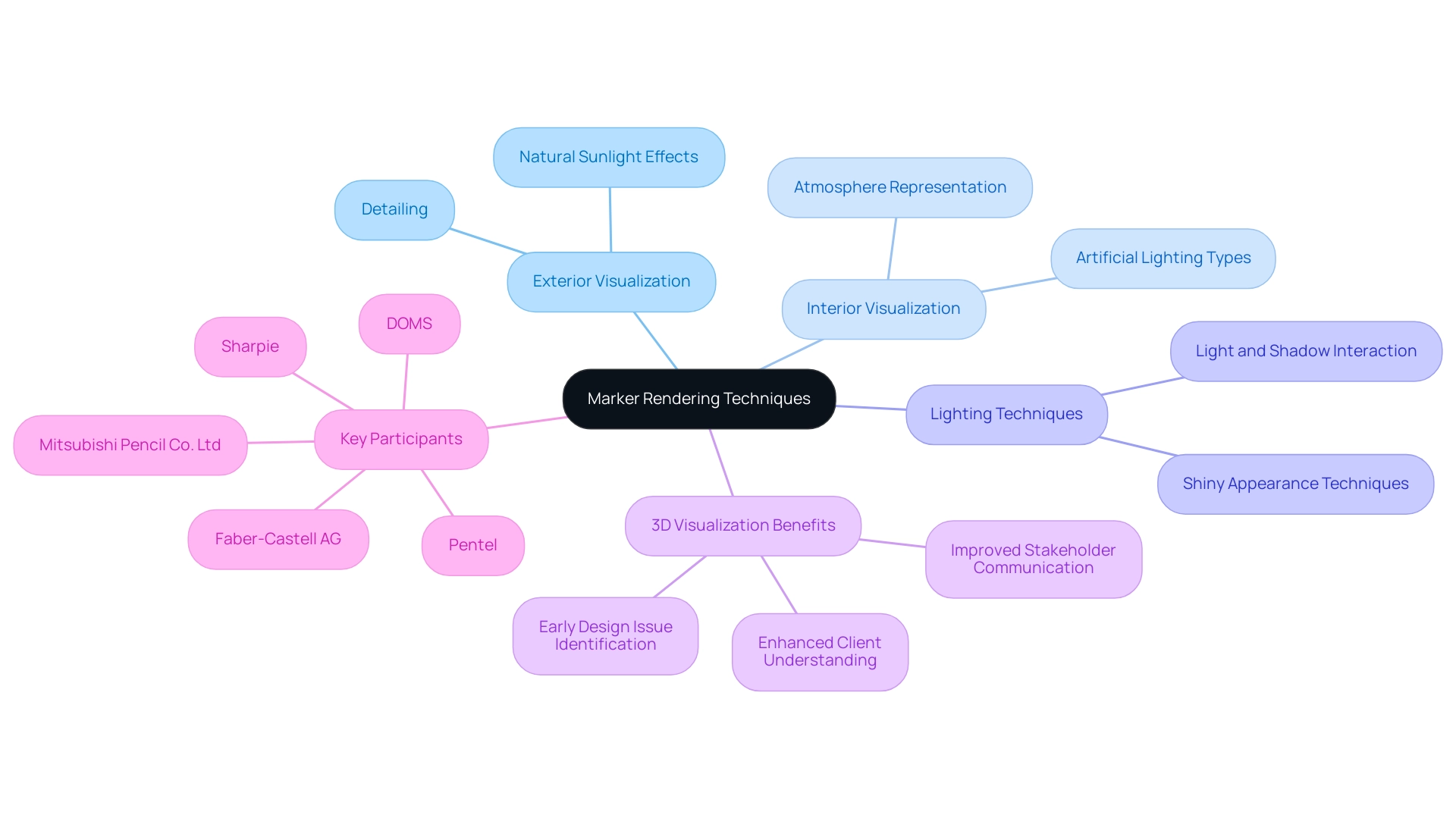
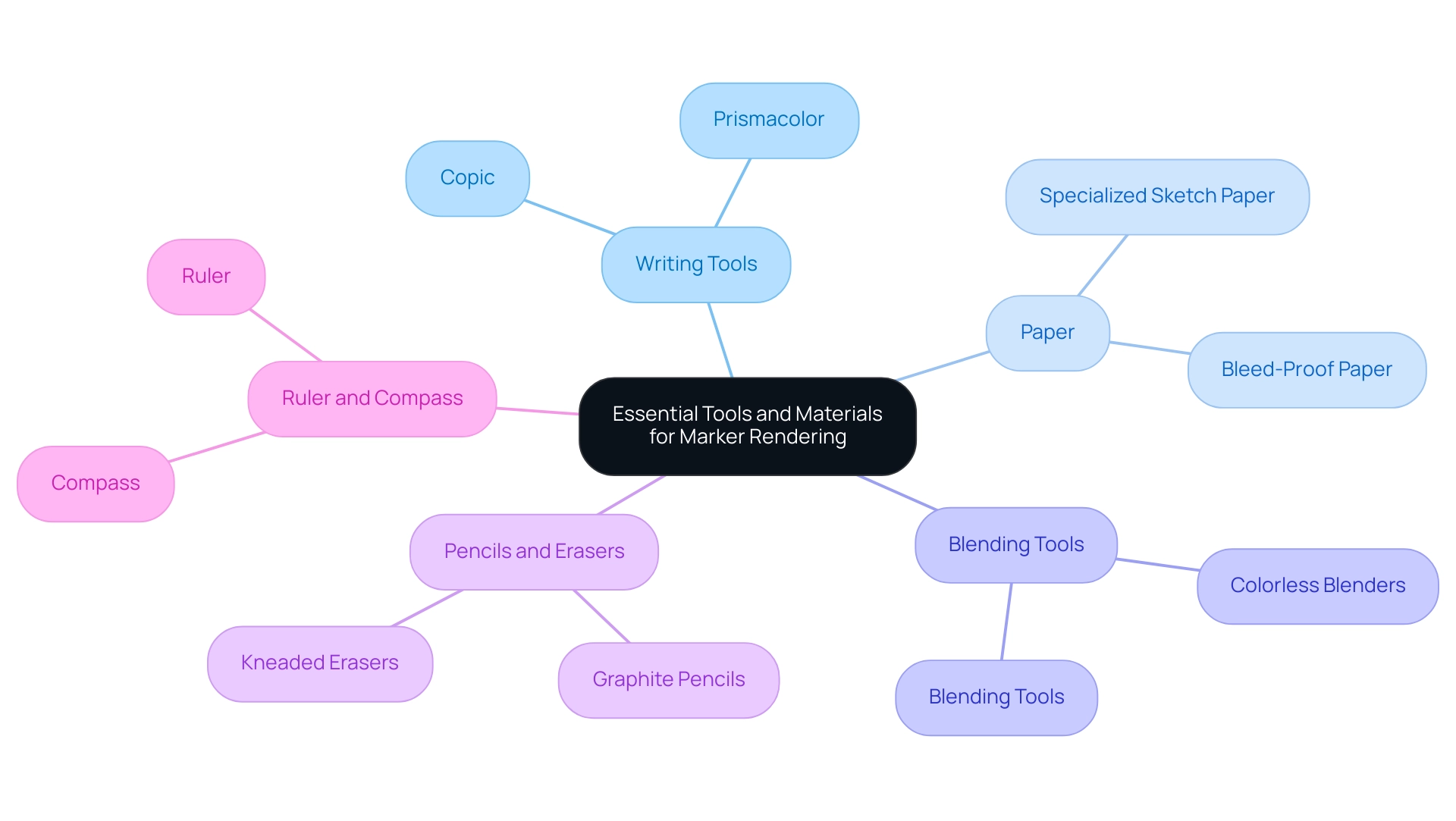
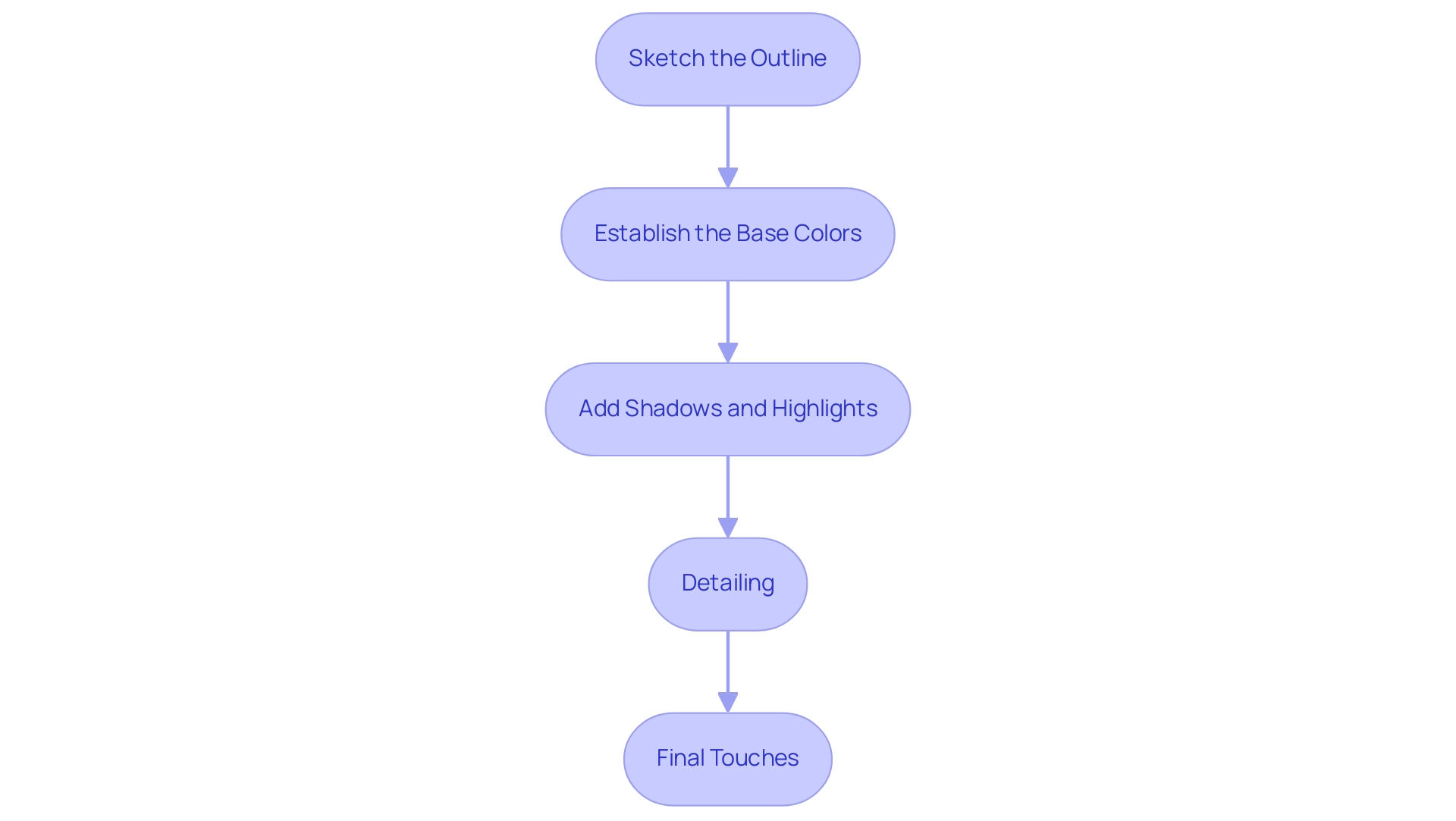
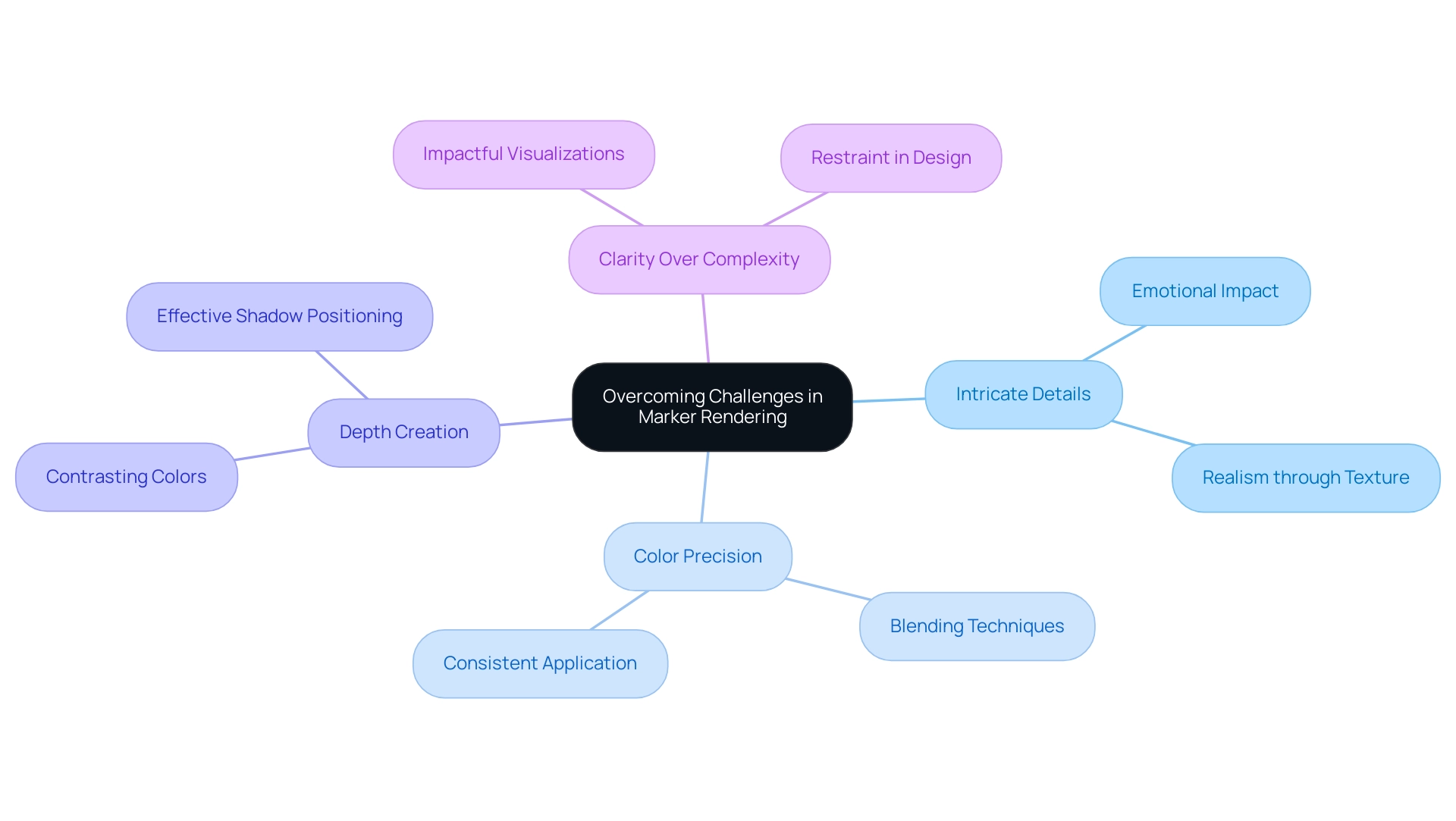
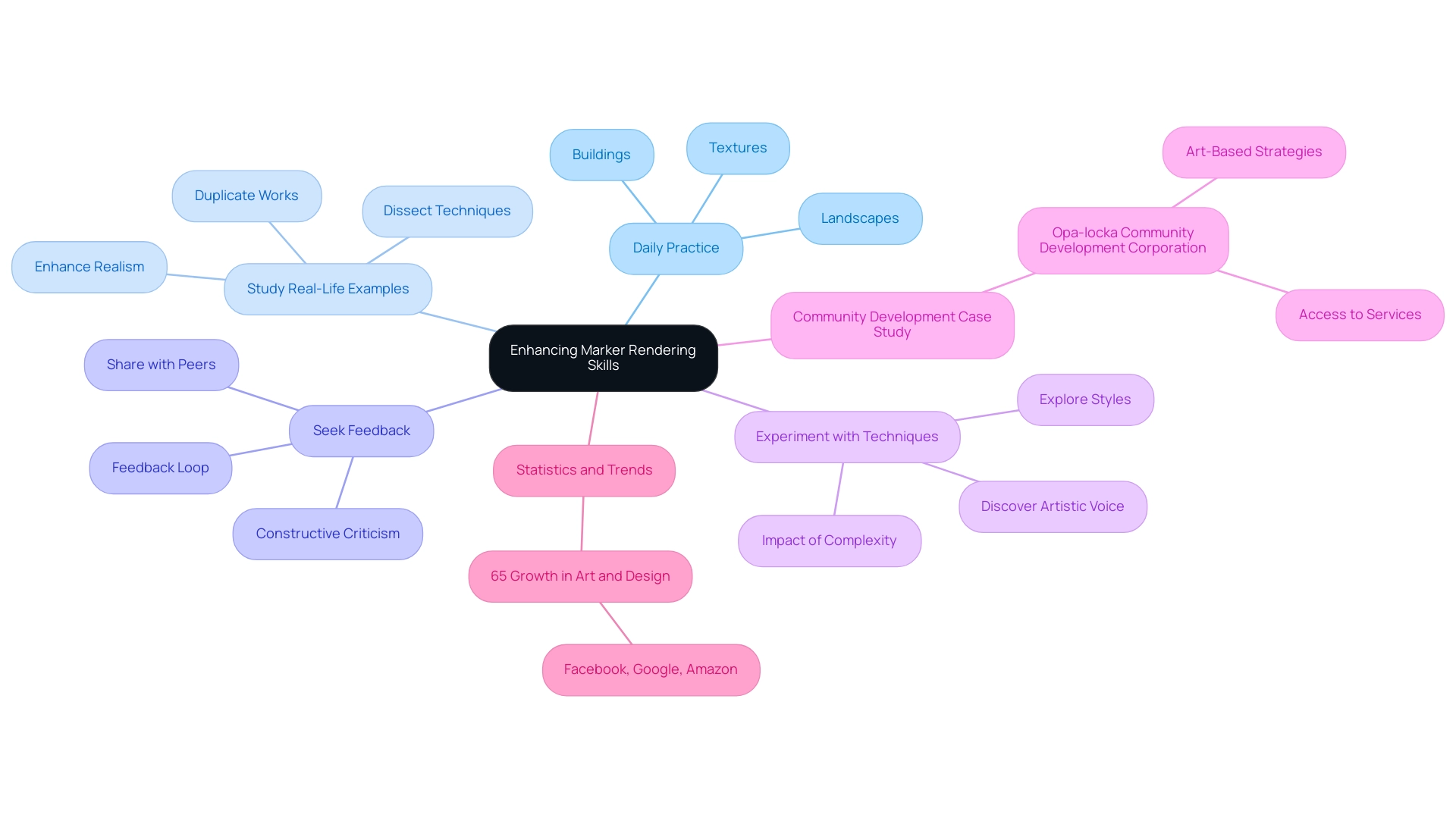
0 Comments